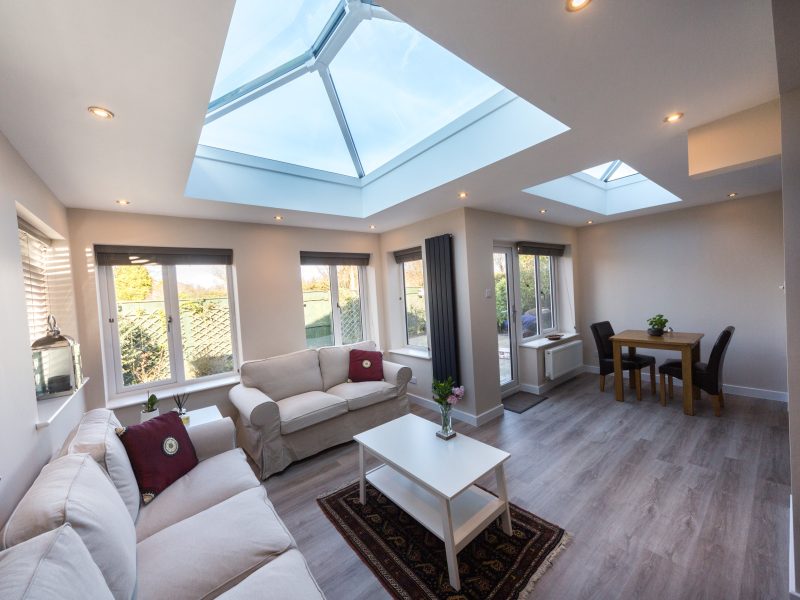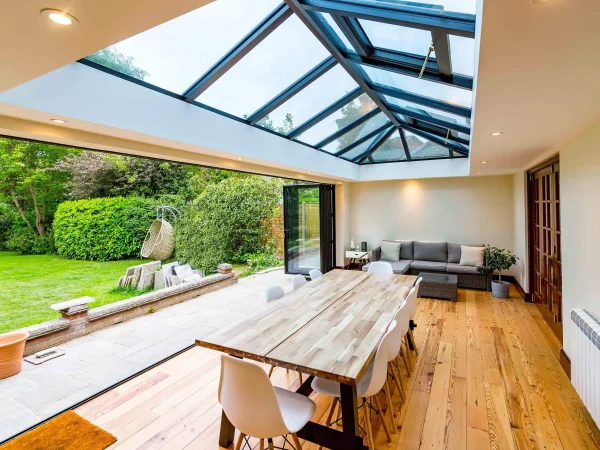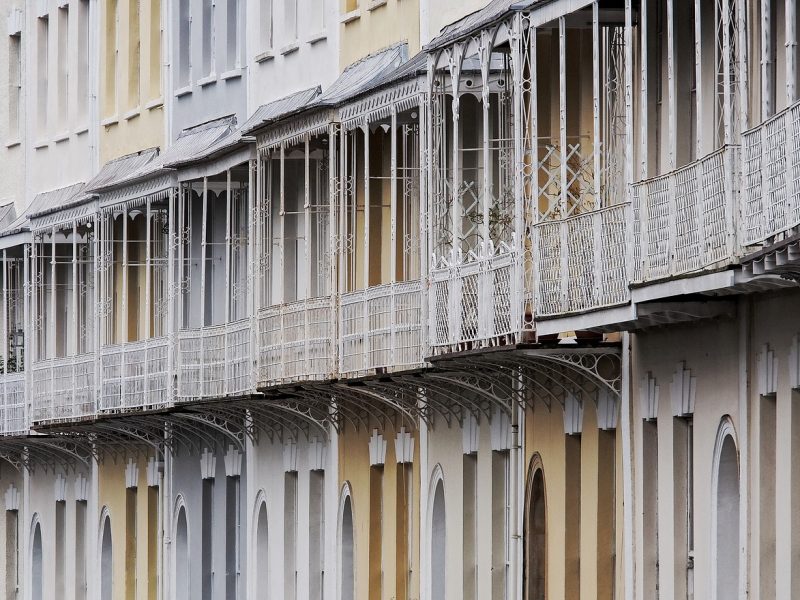What is a conservation area?
Conservation areas are patches of the United Kingdom that are designated as having a special architectural, aesthetic or historic character. Because of this, they are maintained under the protection of the state by the Planning Act 1990. There are nearly 9,800 in England, and every local authority has at least one under its protection.
A total of 2.2% of England’s landmass is designated as a conservation area, and 40% of these areas cover urban spaces. As a result, the population of those who live in such areas runs into the millions — and for homebuyers, their unique beauty and historic character make them an attractive prospect.
Alongside the benefits, however, come a few small drawbacks. In particular, these affect owners who wish to make noticeable changes to their property’s exterior or remove trees. These regulations can even restrict relatively “minor” work such as replacing guttering or fitting a new set of windows.
What is a listed building?
In England, a listed building is any building that has been placed on Historic England’s statutory list of structures that have “special and historic architectural interest”. As a rule of thumb, the older, rarer and more historically significant a building is, the more likely it is to appear on The List.
The list has three sub-categories, each denoting varying levels of significance and protection. Grade I buildings are of “exceptional interest”, making up 2.5% of all listings. Grade II* (two-star) are “particularly important” and of “more than special interest”, covering 5.8% of the list, with the remaining 91.7% of buildings listed in the Grade II “special interest” category.
There are an estimated 500,000 individual listed buildings in the UK, meaning that many people own or inhabit one — sometimes even without realising! As a rule, they’re attractive, romantic and highly sought-after by buyers. Again, however, they’re guarded against unsympathetic alteration or development by strict regulations.
Regulations for heritage windows
If you live in a conservation area or inhabit a listed building, you might have found their age and traditional design can mean they tend towards the chilly side. Despite their striking kerbside appearance, many period properties are single-glazed, with high ceilings and draughty windows and doors.
This lack of mod-cons is a natural consequence of the regulations concerning conservation and listed properties. As a rule, any work that modifies the character or appearance of a conservation-area property has to go through the planning process. Other work on listed buildings requires Listed Building Consent — both are usually handled by your Local Authority.
This means there are hard limits on what can be done with a property’s windows, should it lie within a conservation area.
Do you need planning permission for new windows?
You don’t always need planning permission to repair, repaint or re-fit identical (or very close to identical!) windows and doors, however. It’s here where a sensible, savvy owner using a quality window fitter might avoid spending time and energy on the planning process.
If you’re looking to make changes to a heritage property, your first port of call should usually be your local authority. They can offer tailored and location-specific advice and are often able to indicate approval or rejection at first glance.
A useful partner during this period can be a window installer of your choice, who can guide you through the planning process and help to draw up plans that respect and preserve the unique nature of your property.
An important thing to remember is to use an installer registered with the relevant Competent Person scheme (we’re certified through Certass). This guarantees you a fitter who is certified to fit windows and doors without the final sign-off of a local authority inspector or any thorny legal or insurance issues further down the line.
Even if you do need planning permission to fit your new windows, the process doesn’t necessarily have to be an administrative quagmire. At Otter, we have a long track record of working with our customers to deliver suitable, practical and attractive heritage windows and doors without planning issues.
Can you put PVCu windows in a conservation area?
Historic England advises that “repair is better than replacement”, but this might offer little comfort for those struggling with draughty, high-maintenance windows. Modern PVCu windows can now come with convincing wood finishes, not to mention their superior insulative properties, hard-wearing frames and easy maintenance.
Essentially, it depends on the strength of the case you make and the precedent followed by your local conservation officers. Provided your proposed replacements are not a significant departure from the original windows and remain respectful of the broader character of the property, the law is on your side.
In a planning pinch, there are further steps you can take — you might spend a little extra money to retain the original glass, for instance, thus improving your case.
Do you need permission to change the colour of your windows?
Firstly, you do not need planning permission to repaint your windows in the same colour. When it comes to new colours, however, different local authorities have a patchwork approach to the matter.
In times gone by, it may well have been common in your area for a street to sport varied or specific colours. On the other hand, your windows may well have been the same colour since the eighteenth century! It’s for this reason that it’s always best to consult your local authority before changing the colour of your windows or doors.
Do bear in mind, however, that your local authority may be perfectly happy to approve your new lick of paint without going through the full planning process, resulting in a good outcome for all.
What windows are good for conservation areas?
For better or for worse, the best windows for conservation areas are those that will meet the requirements set out in law and be approved by your local authority’s planning officers. In almost every case, your new windows must come in the same design, colour and opening size as your previous ones.
Usefully, at Otter, all of our windows are made to order. This means we can manufacture windows to your precise requirements in the colour and finish you require, with the goal of speeding you through the planning process.
In the meantime, why not give us a call, download a brochure or have a look at information about our range of specially-designed heritage windows?
 Amazing Living Spaces
Amazing Living Spaces
 Finance Options Available
Finance Options Available













